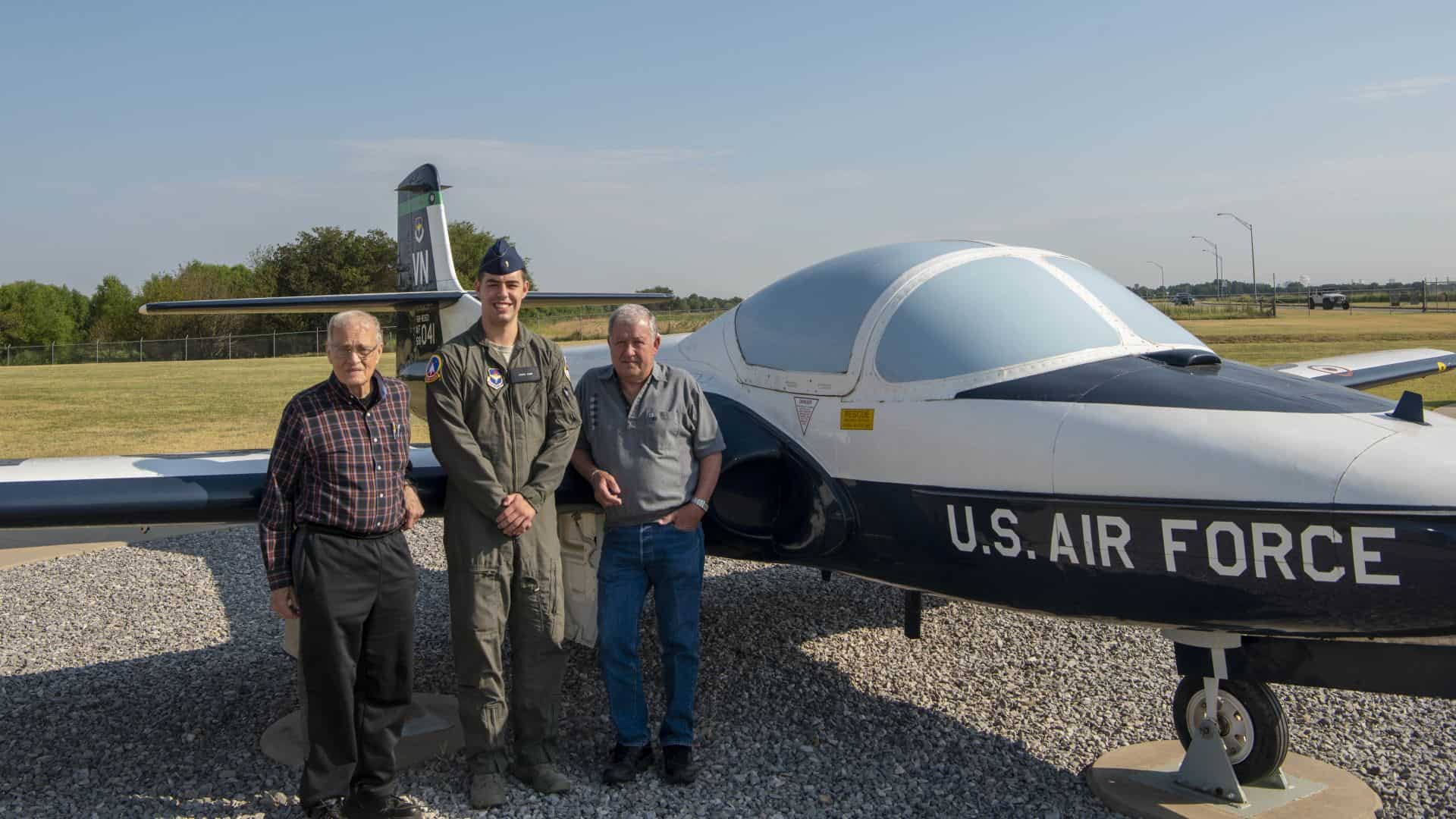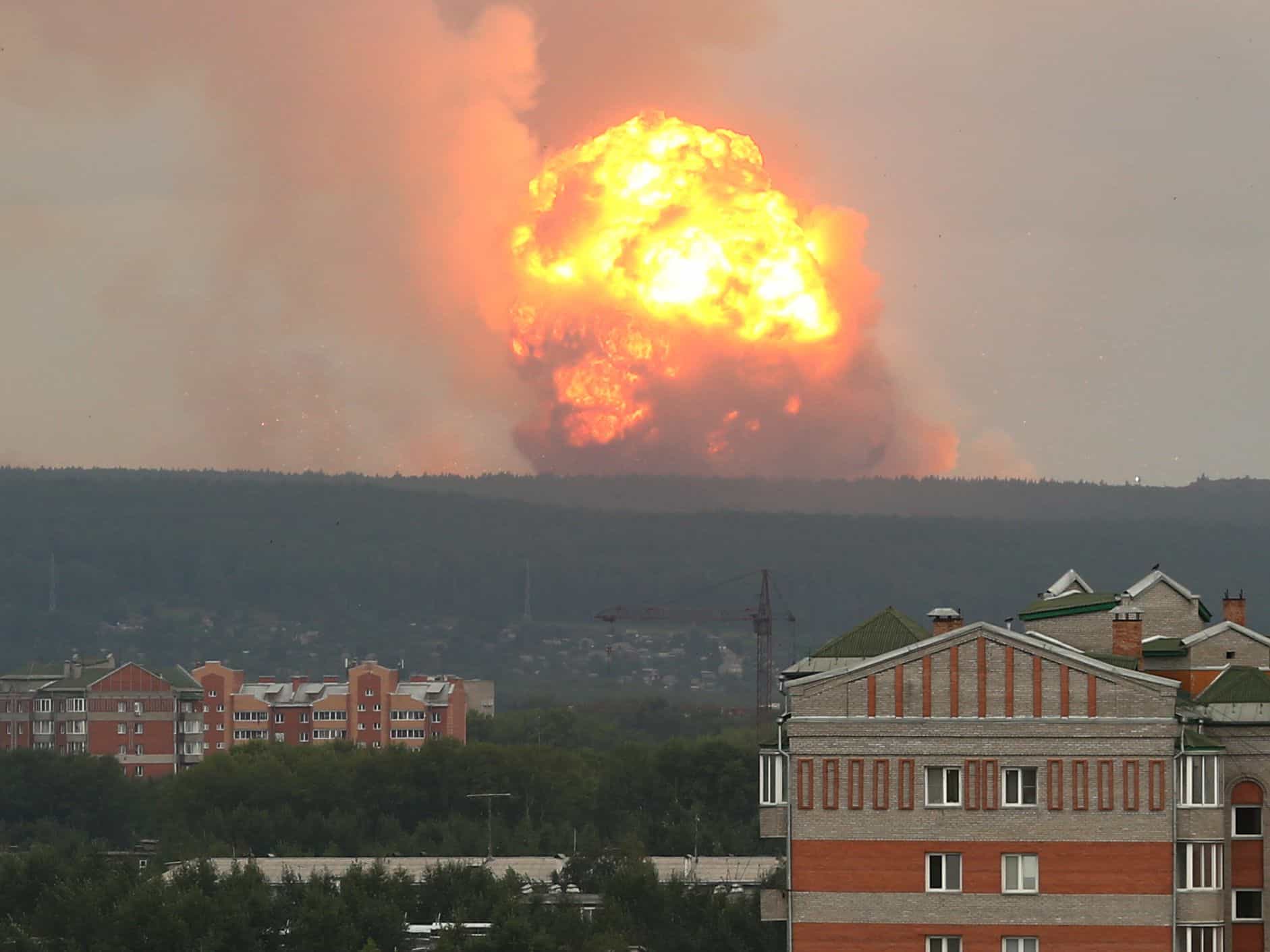VANCE AIR FORCE BASE: Pilot training is constantly changing to ensure students have an environment where they not only learn to fly, but to adapt and quickly out-think their enemies.
With senior leadership making innovation a priority, the Air Force has changed how Airmen are trained and how they become proficient at their jobs. This in turn has changed the way the Air Force develops pilots and what pilot training currently looks like.
For instance, pilot training currently consists of three phases starting with the academic and simulator phase. After the academic phase, student pilots are sent to train in the T-6A Texan II, the primary training aircraft.
Once the students complete the second phase, they are selected for either the airlift/tanker track in the T-1A Jayhawk, or the fighter/bomber track in the T-38C Talon.
“When I went through pilot training in the late 1960s, we started off flying the Cessna T-41 Mescalero for six weeks, the T-37 Tweet for five months and finished training in the T-38 Talon for a total of 52 weeks of training,” said Jim Faulkner, Vance Air Force Base, a graduate of pilot training, class of 1968.
Although students in the 1960s and students today reach the same goal, there have been adjustments made over the course of time to focus pilots on mastering the specific style of aircraft they will fly once training has finished.
In addition to changes in the training aircraft, there have been technological advancements to improve the way students operate an aircraft.
“We had simulators, but the concepts that they covered were limited and did not give us any visual aids to look at while training,” said Jim Mayhall, pilot training graduate, class of 1967.
In the same way that older generations used simulators to gather a feel of the aircraft and location of instruments, current students use simulators to familiarize themselves with flying maneuvers and concepts before they reach the cockpit. The changes in technology have the potential to give students more realistic training for what they will experience in the cockpit.
“Being able to gain exposure to 360-degree videos of the local area, patterns and virtual-reality videos saves money and time,” said 1st Lt. Jason Mavrogeorge, 8th Flying Training Squadron instructor pilot.
“Students should have seen the arrivals, departures and instrument approaches before their first flight,” Mavrogeorge said. “Giving the students more flying experience gives them confidence and allows me to enhance their flying skills as an instructor.”
Similar to the technological changes made within pilot training, there have been changes in monitoring the safety of pilots while flying.
The safety standards did not require pilots to wear a G-suit in the T-37 Tweet. When the T-37 was replaced with the more maneuverable T-6A Texan II, pilots were required to wear a G-suit during flight to prevent the possibility of losing consciousness.
All the great changes and advancements in pilot training are possible thanks to those who laid the groundwork and figured out what to avoid.
“The only thing that remains constant in the Air Force pilot training program is that we will continue to produce great Air Force aviators and future leaders,” Mayhall said.
Vance trains more than 350 pilots a year, totaling over 34,000 since pilot training began in 1941.











